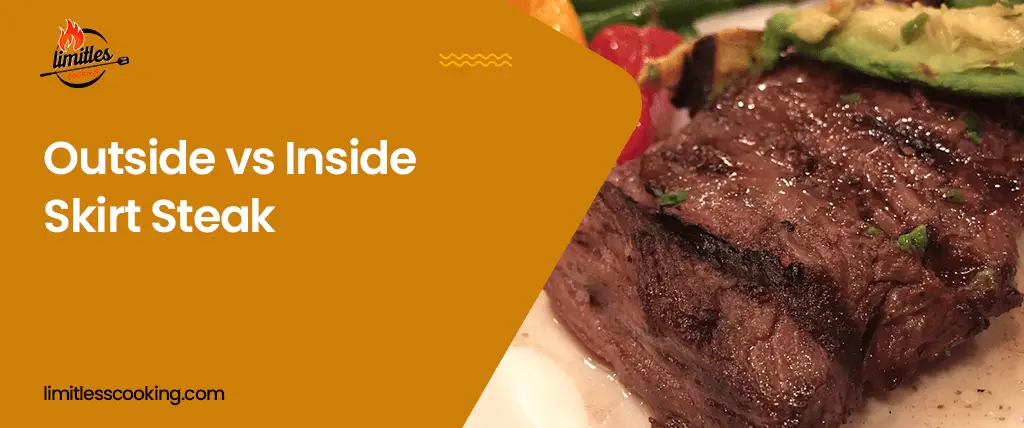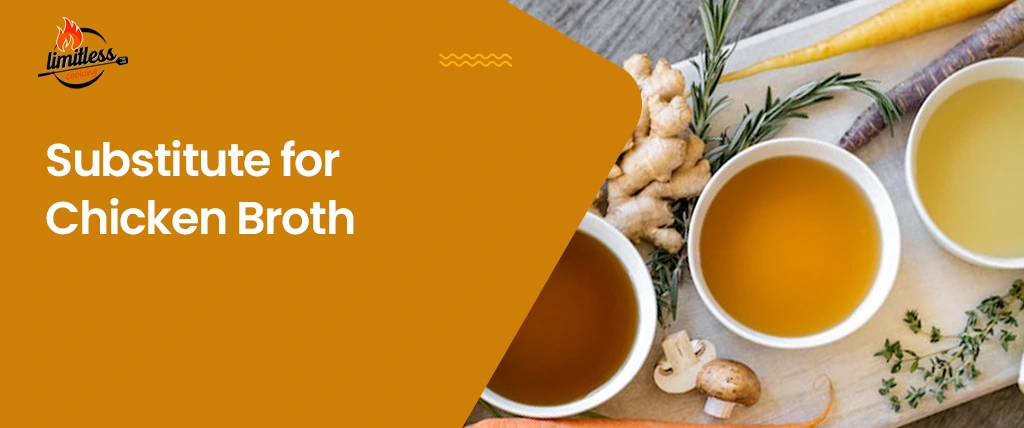How Long Do You Let the Turkey Rest Once It Is Cooked? Correct Temperature & Wrapping
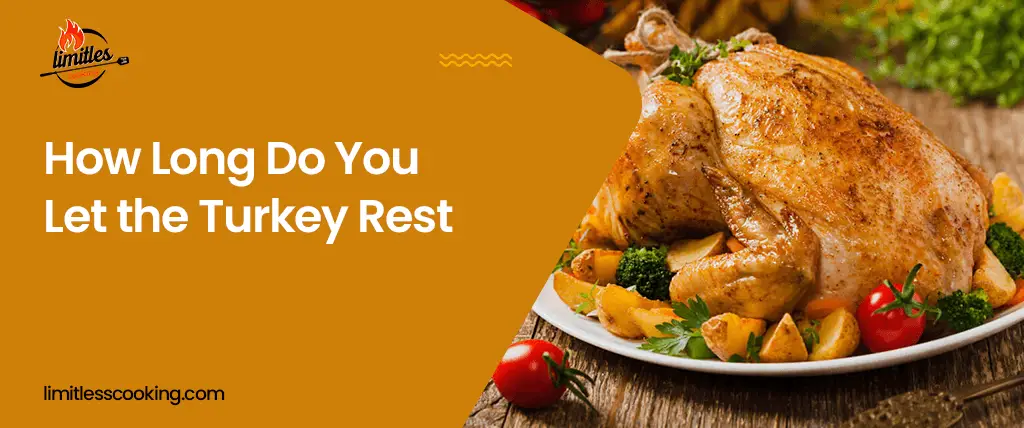
Thanksgiving is all about food, especially turkey. The secret to making your turkey taste perfect lies in the details. And how long you should let the turkey rest before slicing it, is one of the most important details.
Ideally, depending on the size of the turkey, you should let it rest for 30 to 45 minutes to get the maximum flavor and juiciness. Even if you are in a hurry because your guests have arrived, you must let the turkey rest for a minimum of 20 minutes so the juice can redistribute enough.
Keep scrolling to learn more secrets and details about the perfect turkey for your thanksgiving.
How Long Should Roasted Turkey Rest?
After roasting your bird, let it rest for around 30 to 45 minutes before carving and serving. If the turkey is bigger, 45 minutes is the optimum time to let it rest and get the maximum juiciness and flavors.
And for smaller birds, leaving them for 30 minutes to rest is enough. This timing also works if you only cook parts of the turkey instead of the whole.
How Long to Rest Smoked Turkey?
If you have smoked the turkey, allow it to rest for 15 to 30 minutes. Because smoked turkey cools off faster, you need to serve it sooner. However, you can slow the cooling process by covering it using aluminum foil.
How Long to Rest Turkey After Deep Frying?
If you are deep frying, once the turkey is cooked, let it rest for 20 to 30 minutes before slicing it.
However, be careful while lifting the turkey from the fryer or stockpot and placing it on a paper towel-lined platter. You should grab the filter’s hook wearing heavy gloves and slowly lift out the bird allowing the excess oil to drip back into the pan.
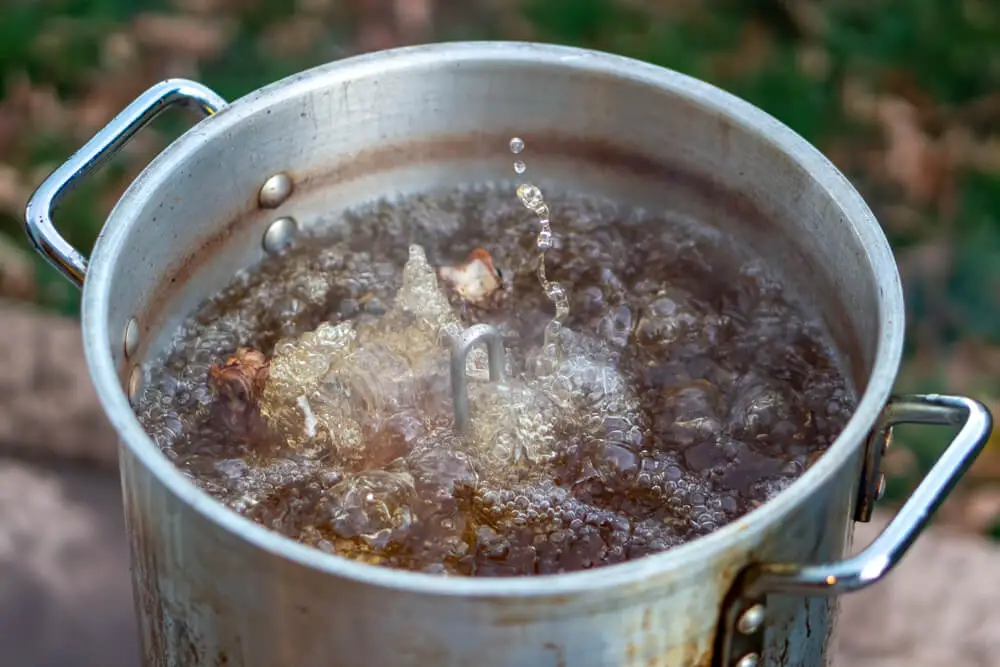
After frying, the oil will remain hot for about 3 hours. Till it completely cools down, do not touch or dispose of it. You can filter the oil using a cheesecloth and use it up to 3 times.
How Long Should You Let Turkey Breast Rest?
Because turkey breast or other small portions like turkey ribs is much smaller than the entire bird, allow the meat to rest only for 15 to 20 minutes once you are done with cooking.
Tent the bird breast in foil once you remove it from the oven and place it in a secure area free from drafts to let it rest. After 15 to 20 minutes, slice it into thin pieces to serve. If you don’t like the skin, you can remove it. But keeping the skin is a good idea if you want to enjoy a nice texture and doses of flavor in your favorite turkey.
Why Letting Your Turkey Rest Enough Is Important?
You should always let your turkey rest enough before carving and serving. Because if you slice the turkey immediately after removing it from the heat, the juices from the meat will undoubtedly spill out onto the cutting board. Resting the turkey enables the meat’s fibers to reabsorb this moisture, maximizing flavor.
In addition, the bird will continue to cook for a few minutes after you remove it from the oven. That’s why the resting period is essential in every turkey recipe. So always include this step when calculating your total preparation time for a perfect turkey.
You may also like: Outside vs Inside Skirt Steak
Should I Tent My Turkey While It Rests?
The answer depends on how crispy you prefer your meat. If you let it rest uncovered, it will have a nice crunchier texture. And if you leave it covered using a foil or a kitchen towel, you will get to enjoy more tender bites.
However, I prefer not to cover the turkey with foil to retain heat and moisture while it’s resting, as it makes the skin soggy. But if you decide to cover it, remember not to tent it too tightly. Because a tight wrapper will make meat sweat and soften the skin, cover the meat’s surface with a kitchen towel or tent it loosely with foil.
Does Turkey Continue to Cook While Resting?
Yes, the turkey continues to cook, and its temperature rises by 5 to 10 degrees while resting.
If you wonder whether your bird will get cold from resting for 30 to 45 minutes, the answer is not in the least. Rather initially, it will continue to cook even after removing it from the oven, and its temperature will also rise.
Can I Roast The Turkey Breast Side Down?
You can cook it any way you like. However, the USDA suggests roasting a whole turkey with the breast side up throughout the full cooking period. Let me share the benefits and disadvantages of cooking breast side up and breast side down.
Advantages of roasting breast side down:
- It cooks faster.
- The dark meat cooks more quickly as it stays closer to the heat source.
- The juices drip down and provide extra-moist breast meat.
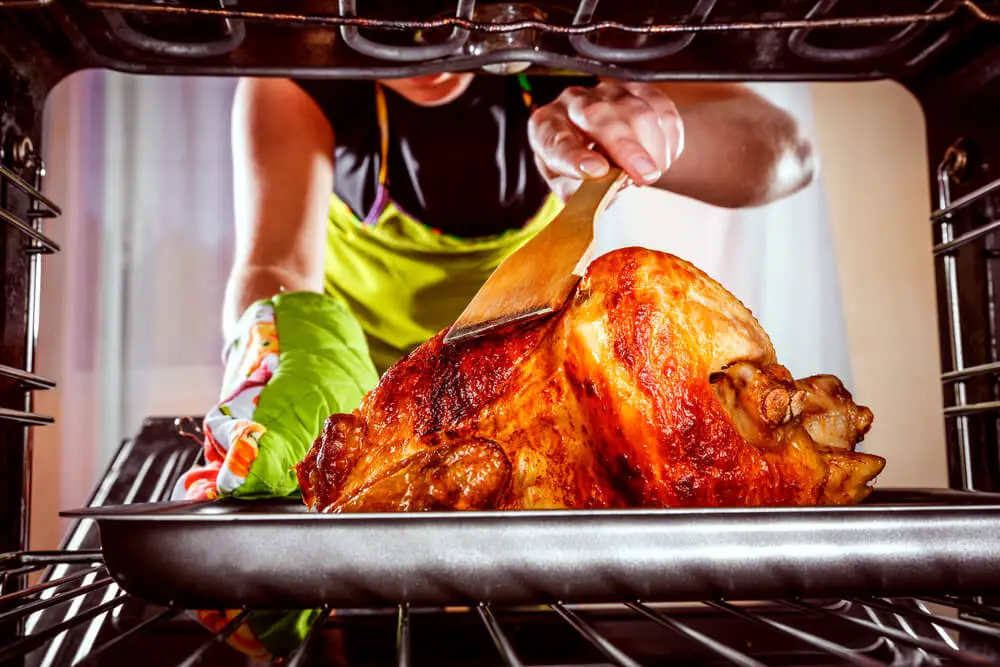
Disadvantages of cooking breast side down:
- It can be dangerous to turn over a large, hot bird.
- The skin becomes easy to tear, making it less attractive.
- The roasting rack can leave ugly dents and marks on the breast of the turkey.
Advantages of roasting breast side up:
- The bird will have delectable crispy skin.
- You will get your picture-perfect turkey.
And the disadvantages are that it takes longer to cook this way and the breast will be less-moist.
However, if you want to roast it breast side down-
- Take help from others when turning the bird over, and be careful.
- Use heatproof gloves and a kitchen towel to get a firm grip.
- Place a wooden spoon inside the cavity for more leverage.
Should I Cover My Turkey with Foil While Cooking?
To ensure your roasted turkey is moist and golden, the best technique you can follow is allowing your bird to spend covered and uncovered time.
For the best output, cover your bird for most of the cooking process to keep it from drying out, and then uncover it for around the last 30 minutes so that the skin can get crispy.
To cover it, you can use a roaster lid; if you don’t have that, you can cover the turkey loosely with aluminum foil.
What Should the Turkey Temperature be?
You must cook the turkey till its internal temperature reaches at least 165°F to kill all bacteria and make it safe for consumption.
The USDA suggests that your turkey must reach this temperature before removing it from the oven. To be sure, use a food thermometer to check the temperature in the thickest part of the breast and the innermost part of the wing and thigh. If your bird is stuffed, first ensure that the stuffing has reached the temperature of 165°F in the center, and then take it out of the oven.
However, if you leave your turkey to rest for more than 45 minutes, keep checking its internal temperature. That’s because the meat won’t be suitable for serving once the bird’s temperature falls below 130°F. Additionally, bacteria can form if the temperature stays lower than 140°F for longer.
Related Article: How Long Can You Marinate Chicken?
How Long Should Turkey Sit Out?
According to the USDA, cooked turkey can sit out for two hours at room temperature and one hour if the temperature is over 90 degrees F.
You should discard Any cooked turkey left out for more than two hours ( or one hour above 90° F). That’s because when cooked turkey sits at temperatures between 40° F and 140° F, the bacteria grow rapidly.
So, always refrigerate the cooked turkey quickly to prevent foodborne illness.
You can safely store cooked birds in the fridge for 3 to 4 days and for at least 4 months in the freezer.
Key Takeaways
- You must let your bird rest to redistribute the juice properly.
- Roasted turkey should rest for 30 to 45 minutes before carving and serving.
- Smoked turkey should rest for 15 to 30 minutes.
- If you have only cooked turkey breast, ribs, or other small portions of the bird, letting it rest for 15 to 20 minutes will be enough.
- Turkey’s internal temperature must reach 165°F to kill all bacteria.
- Don’t let your bird sit at room temperature for more than 2 hours.

